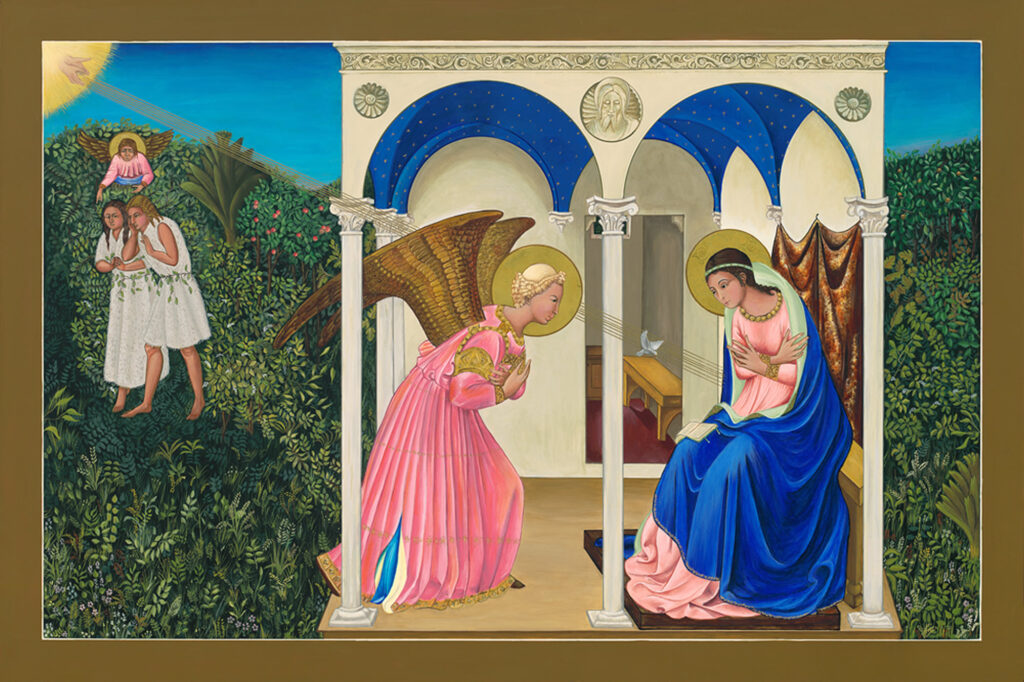
Orthodox Icons
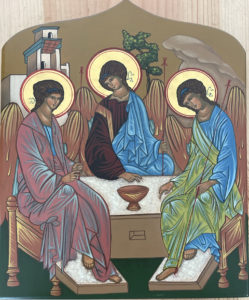
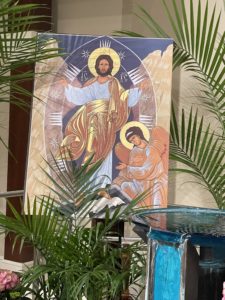
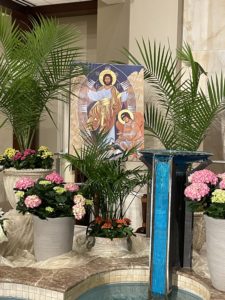
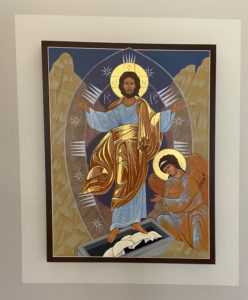
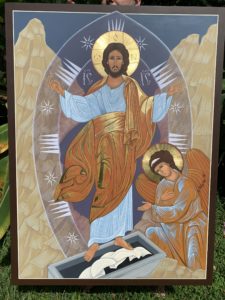
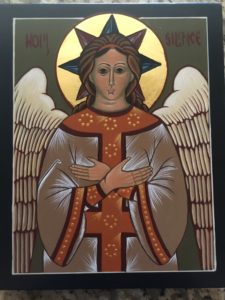

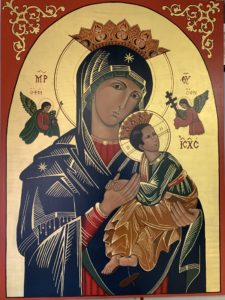
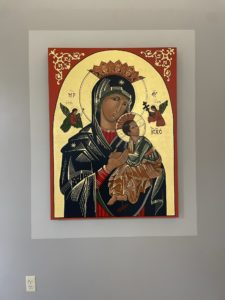
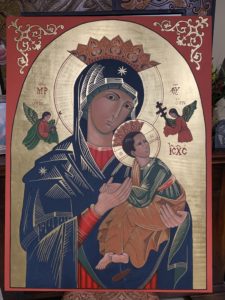

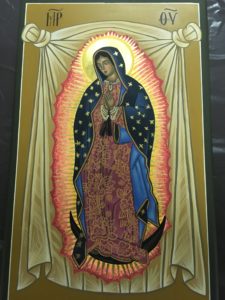



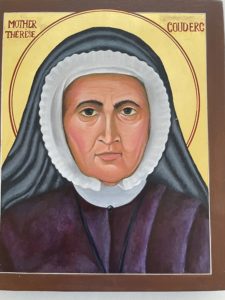
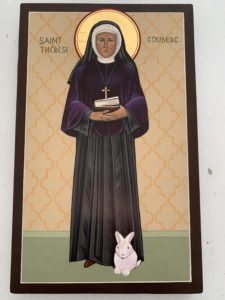
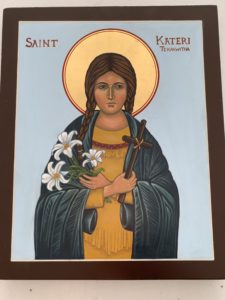
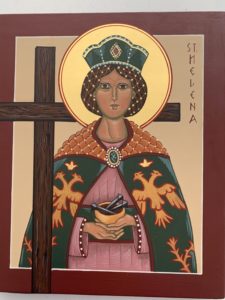
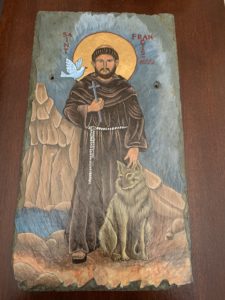


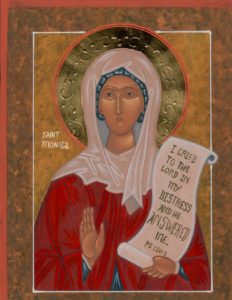
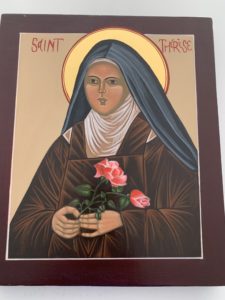

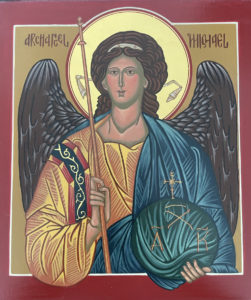
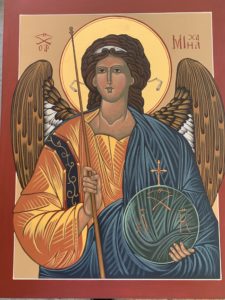
Contemporary Icons
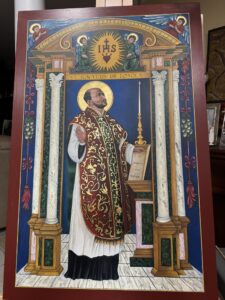
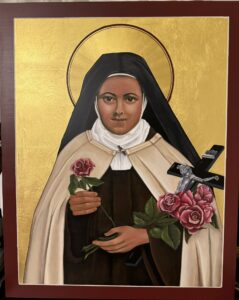


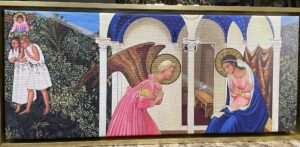
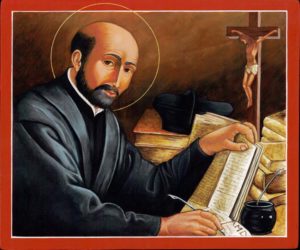
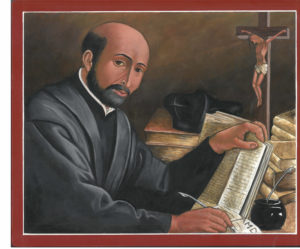
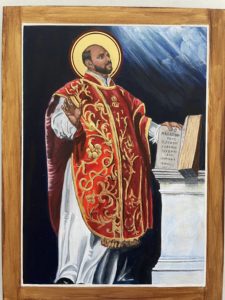
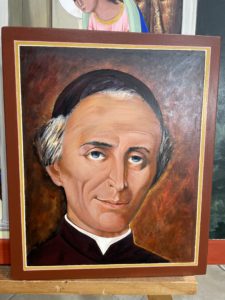
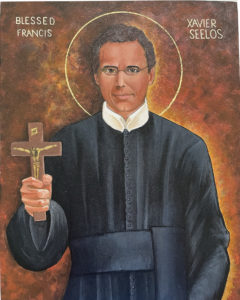


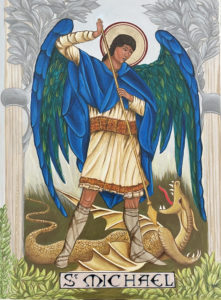
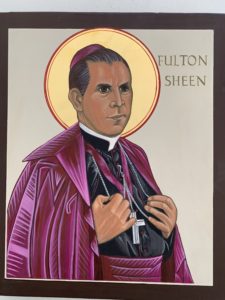
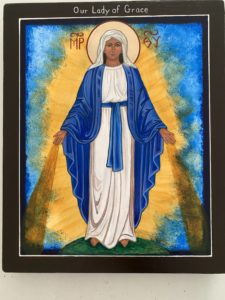

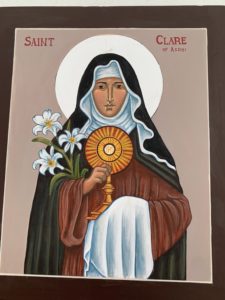
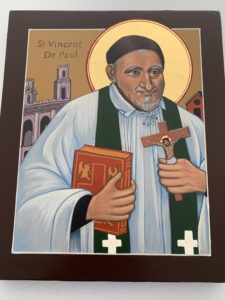
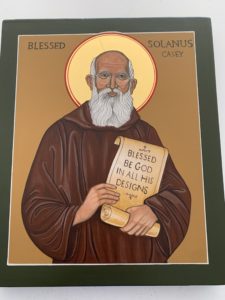
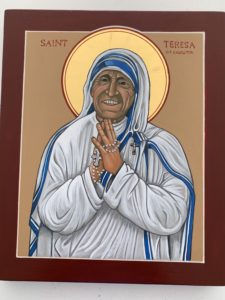
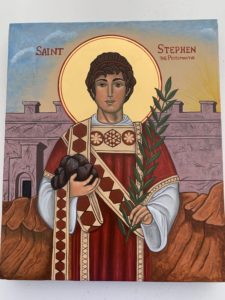
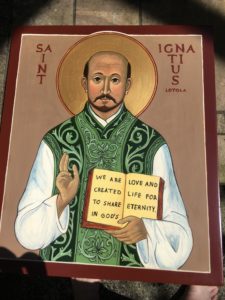

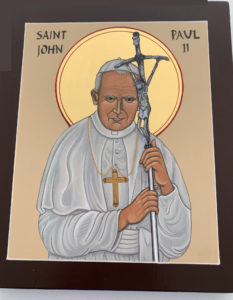
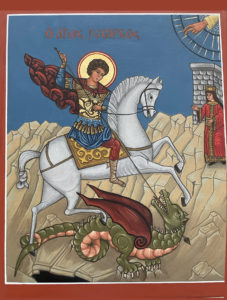


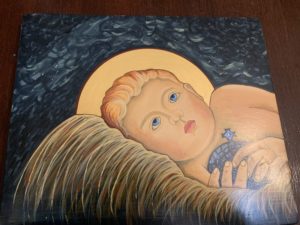
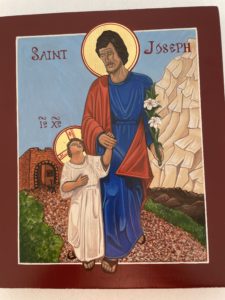
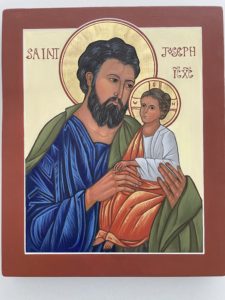
An icon like all images, may serve to beautify a space, but a religious icon is more so a non-verbal teaching device; originally a Bible for those who had no access to Scripture. For this reason, painting of the icon is considered to be a process of “writing” rather than painting. It is intended to tell a story or speak a truth. On a deeper level, an icon is a vehicle to deeper worship that invokes an uncluttered connection with the divine. The tradition of icons is said to have begun with St. Luke who produced the icon now known as “Our Lady of Tenderness,” which later became known as “Our Lady of Vladimir.”
This iconographer writes two types of icons;
- Those that attempt to adhere to the strict standards of iconography that have evolved through the Russian and Eastern Orthodox churches
- And those that are more contemporary in structure
Orthodox icons are relatively strict reproductions of ancient icons. The style uses straight lines and geometric shapes to provide shading of clothing. Hands and noses are elongated. Eyes are larger than life.
Icons are written (painted) in two dimensions as the prayer provides the third dimension as he/she becomes united to the image. The source of light in the image from within the image rather than what naturally occurs as light is reflected from outside of the image. This is to depict the light emanating from the Divine.
The expressions on the faces of icons are somber as salvation is a serious matter.
Contemporary icons have no set style and may be original images rather than reproductions. Current day Saints can be produced in either style but are typically presented in a contemporary style.